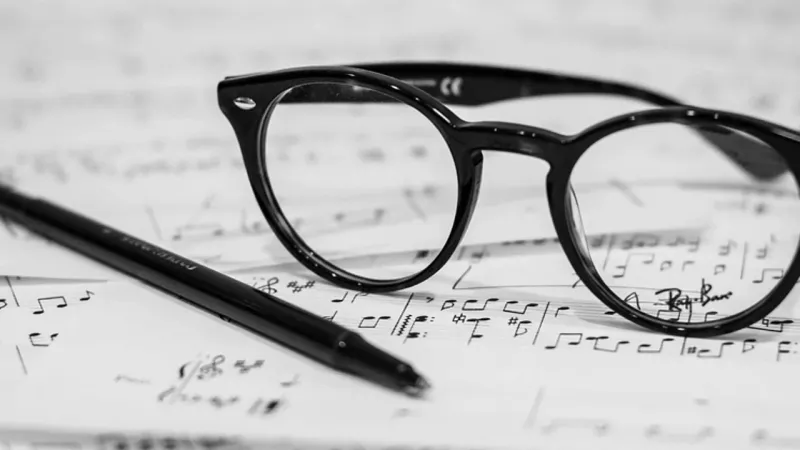With the passing of Gordon Lightfoot, I have been surprised and touched by the number of folks posting Lightfoot lyrics and links. They’re not all aging folkies, either—lots of them are in their 30s and 40s, and some are my former students.
That’s gratifying. One of my best memories about teaching comes from a Gordon Lightfoot song—“The Wreck of the Edmund Fitzgerald.”
It’s worth mentioning that the saga of the Edmund Fitzgerald is very much a Michigan story. When you grow up surrounded by the Great Lakes, you’ve probably spent a vacation or two watching freighters go through locks, or traverse the sightlines in front of your rented cottage. The sinking of the freighter—when the witch of November comes stealin’—has just the right combination of tragedy and seaborne terror to capture the imagination of schoolchildren.
But it is Lightfoot’s ballad, which was released in 1976, exactly one year after the vessel sank, that has kept the tale in memory. Lightfoot considered the song his masterpiece, and I agree. He captures the terrifying scene and the details of the voyage pretty accurately, while giving us lines like:
Does anyone know where the love of God goes
When the waves turn the minutes to hours?
The searchers all say they’d have made Whitefish Bay
If they’d put fifteen more miles behind her
They might have split up or they might have capsized
They may have broke deep and took water
And all that remains is the faces and the names
Of the wives and the sons and the daughters
Listening to the song gives me chills, even today.
When the song was released, I was teaching in Hartland (I was pretty much always teaching in Hartland…), and the students wanted to play it. I knew what was likely to happen, but when a band arrangement was eventually released—which often occurs years after the song was popular– I bought it.
The beauty of the song (and it IS beautiful) lies in the words. There are only four measures of thematic melodic material (in 12/8 time). There are some slight melodic variations in the intro and interlude, but it’s the same four measures, the same five-chord sequence, through the whole song. Musically speaking, it’s static (that’s a polite word). Lightfoot (and pop/rock artists everywhere) take these music fragments and make them come expressively alive with lyrics and production tricks—wailing guitar improvisations, synthesized backgrounds, strings. But mostly—people are listening to the words.
When the musical palette is “middle school band,” however, there’s not much you can do to vary what becomes the same short tune over and over and over. The kids, after learning the song (which didn’t take long), recognized that: The Wreck of the Edmund Fitzgerald was repetitive and (here comes that word) boring. A whole lot of long notes.
But–here’s the Lightfoot magic–we turned that band arrangement into a different lesson, around the two questions:
- Why is the Gordon Lightfoot song so cool and moving, and the band arrangement so…static?
- What could we add to or change in the band arrangement to make it more interesting, more like the GL song?
It was a great, inspired, discussion– resulting in percussion mallets on brake drums to add noises that sounded like ship’s gear. Someone brought in a ship’s bell, which we added to the intro and final measures. We improvised vocal noises like roaring wind. We fussed with the dynamics–to try to tell a powerful story without words, just moody chords and phrase shaping. We even put bits of the lyrics in the program, and two students read a verse to introduce the song to the audience. (It’s a long song.)
It was also a chance to learn about ballads, and music as storytelling. It turned into the most memorable piece on the concert, judging by parent and student feedback.
Rest well, Gordon Lightfoot. Michigan thanks you.


I will Never forget him, Or that Windy Night in our newly built Little House, when the windows chattered in the Howling Winds, and we were almost afraid to go to bed. Then the Awful News in the morning after!!
LikeLiked by 1 person
I lived downstate then, but the tragedy was all my students could talk about. Most of them had been to the Soo and the U.P. and Lake Superior–all of which are massively impressive. The Witch of November, indeed.
LikeLike
Thinking back to my high school band days when “The Edmund Fitzgerald” was a hit, I recall that we had two talented transposers who took some tunes off Stevie Wonder’s “Songs from the Key of Life.” As a trumpet player I had a blast. We never marched to the tunes but played them endlessly at pep rally’s and in the stands. One of my fantasies out of college was to be a band director and have the students march to “Radar Love.” (Alas, I was not a music major) When my son played trumpet in high school some 40 years later, I would tell him how I wish we had played some of the great horn and funk tunes of my era. I think I would have loved your class. Yes, Gordon Lightfoot has left quite the cannon we are fortunate enough to be able to play again and again.
LikeLiked by 1 person
Thanks for a great comment, Paul. Stevie Wonder gives arrangers a ton of unique material to work with, in every song. There was a period in popular music development when horn bands ruled the day–and those tunes are classic. Marching bands still play them.
LikeLike